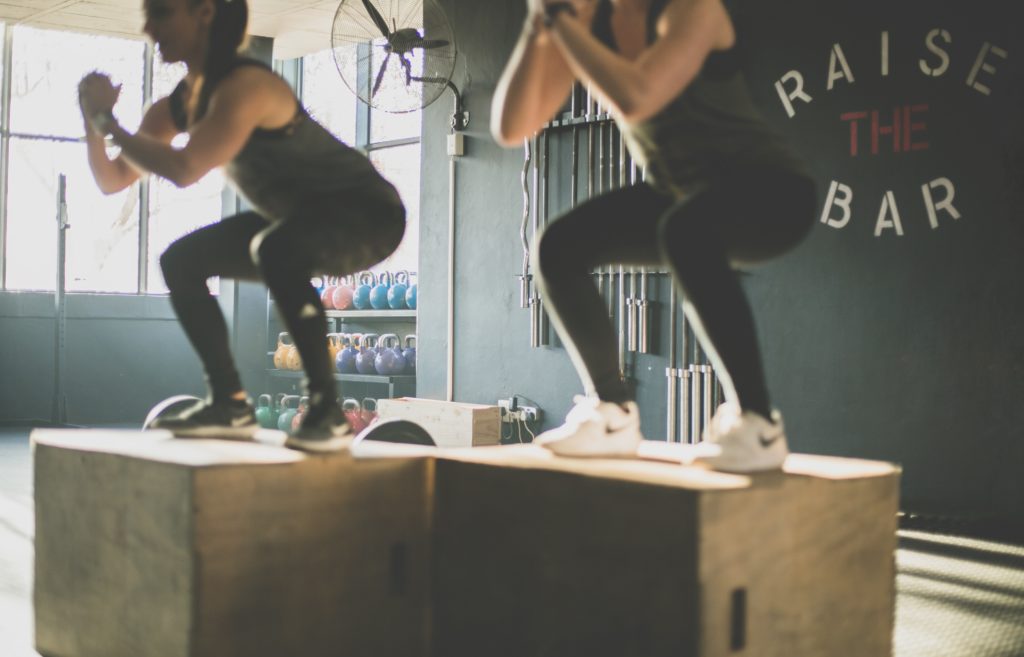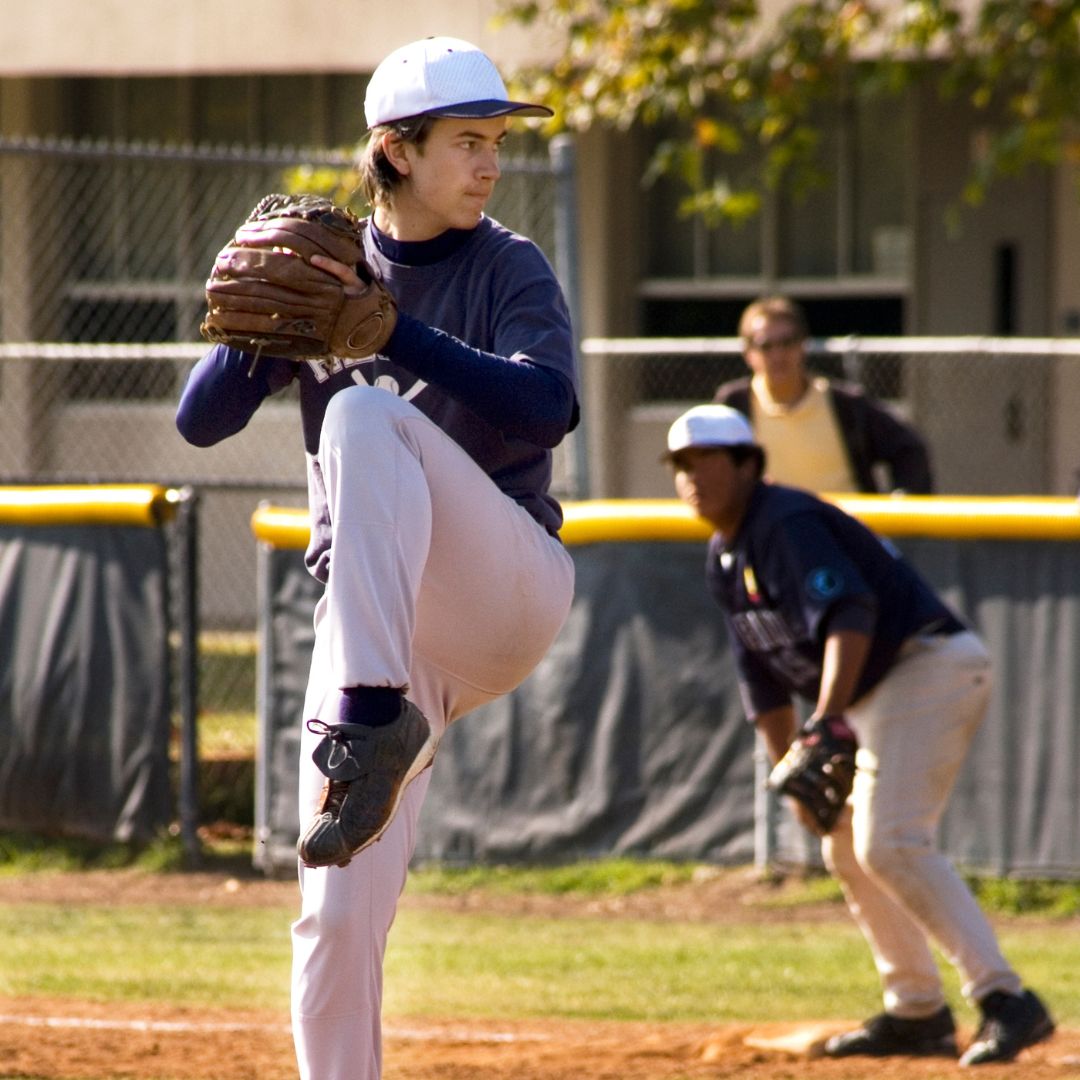
Plyometrics are great for increasing your power threshold and work out by forcing your muscles to exert maximum energy in minimum time. These short intervals include short bouts of explosive movement, in which the key is to contract and extend your muscles in a rapid and repeated manner. They’re good for basically any sport, especially athletes looking to increase performance in high-energy and high-force areas, for example, those who participate in:
- Martial Arts
- Springing
- Volleyball
- High Jump
- Basketball
- Football
Much like the sports listed above, the training incorporates a “shock method” of exercise. For example, jumping up and down on an elevated block or platform or even doing involuntarily stretches that contract your muscles. By taking a sudden landing, eccentric contraction (stretching) takes in the shock of the blow and converts it back into concentric contraction (shortening) for the upward jump. Using plyometric training can help strengthen your muscles to improve your athletic performance.
Exercises to try:
Here’s some easy to learn Plyometric exercises to get a jump on the competition! (Try these out in 3-5 reps for 2-3 sets)
- Depth jumps: This is the staple plyometric technique. Get a box that’s not too high (less than 30 inches) and place a workout mat or other cushion on the floor. Jump off the box, landing in a squat on the floor, and immediately use the force of impact to jump up as high as you can back onto the box. If you don’t have a box, you can try jumping from a squat into a high upward jump and come back down again in the same spot.
- Bounding: We like to call this one “intense skipping”. Start off by jogging, but bring your front knee to a 90-degree angle each time and launch yourself forward with every stride. Cover as much distance per stride possible and put a decent amount of force into your upward and forward movements while you run.
- Plyo Push Ups: Get into a normal push up position. Do a pushup as you normally would (by, well, pushing up) but this time, push up as hard as you can as that your hands leave the ground. Try to get as far off of the ground as you can, and use your hands to cushion the blow of falling back down. You may be tempted to clap in between pushes, but we recommend against it, as a wrong move or slow reaction can cause serious injury to your hands, arms, and wrists.
If plyometric training is something you are interested in but don’t know where to start, you are in luck. At Block Sports Chiropractic & Physical Therapy, our team is dedicated to helping each and every one of our patients achieve better function and health. Contact us today to schedule your first appointment today!



